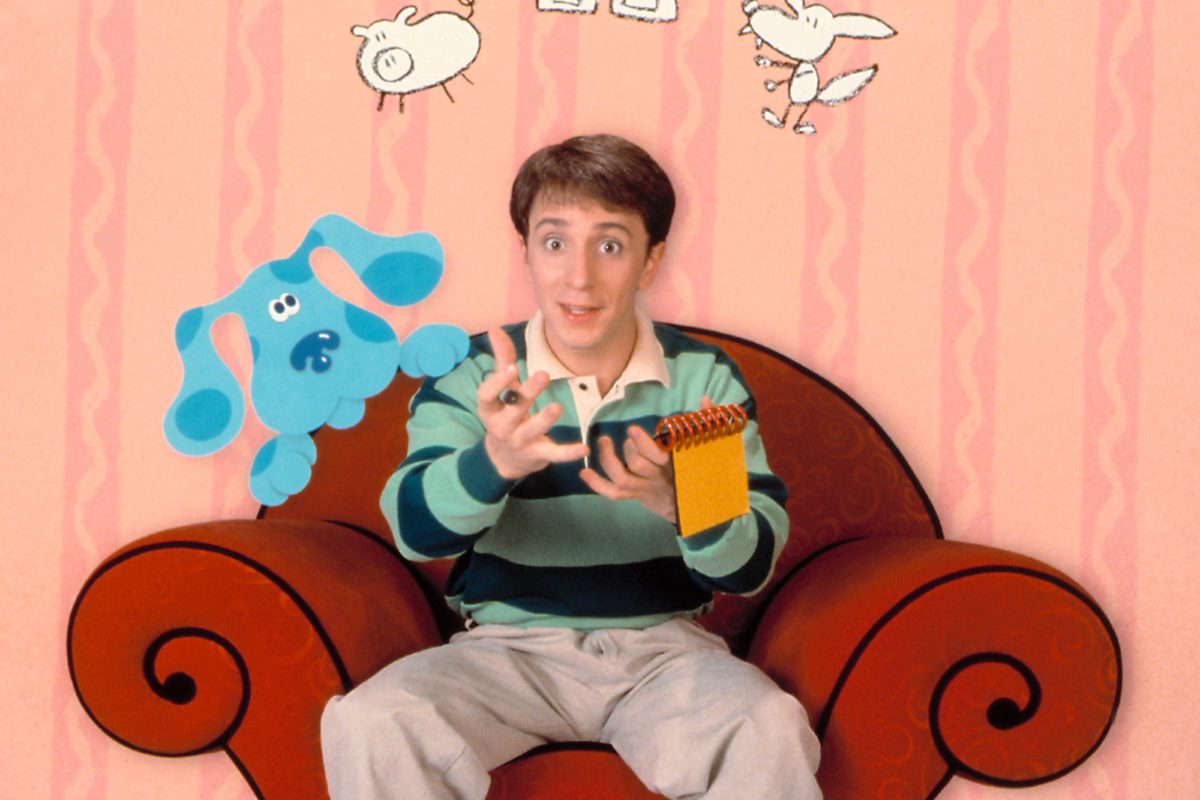It’s very common to find kids on smartphones or tablets watching shows like Peppa Pig or Paw Patrol. The rise of technology use in younger children have a huge effect, especially on what they watch. Although we didn’t have the same technology that kids do these days, we still had our favorite after school TV shows that we loved and learned from. Here are some shows that we loved as kids that we hope younger audiences will learn to appreciate:
Sesame Street
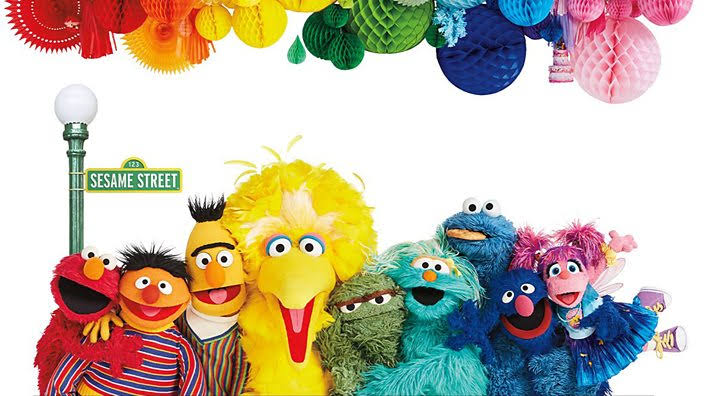
Sesame Street is one of the most popular educational children’s shows to date. Many in our generation learned how to read because of Sesame Street! By using puppets, songs, witty humor, and compelling storylines, they continue to educate children on not only numbers and letters, but with the more social aspects of childhood. They teach kids values like kindness, sharing, and empathy. They even recently introduced a new character, Julia, who is a four-year-old puppet with autism to teach kids how to interact, relate, and empathise with differently abled people.
Barney
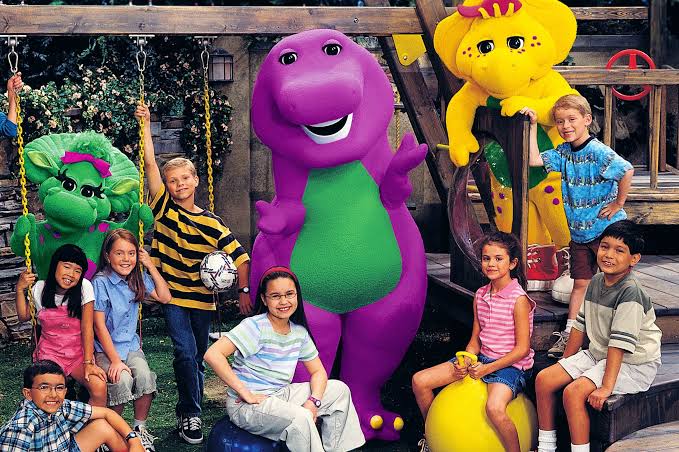
Barney is one of the most recognizable childhood characters for many millennials today. He surely stood out with his signature purple and green colors and friendly voice. He and his dinosaur pals would come together and learn about the day’s lesson in the form of song or stories. Some memorable lessons that Barney taught kids were things like how to say “please” and “thank you”, as well as using your imagination to have a wonderful time with friends! These lessons were great for building skills that kids use in their day-to-day lives. Aside from lessons and songs, Barney and his friends would also travel beyond their school and venture into their neighborhood or even the rest of the world, which helped expose kids to other cultures and ways of life beyond what they know.
Wansapanataym
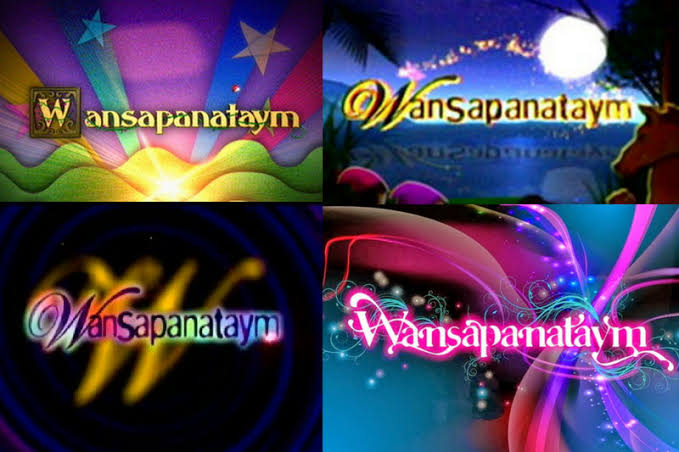
A mix of classic fairy tale elements with a Filipino twist, Wansapanataym was a classic TV show of the batang ‘90s that everyone watched out for. Every episode would deal with a classic character in Filipino mythology that not only entertained, but also educated young viewers about Philippine folklore and the stories of our ancestors. Wansapanataym was special in the sense that their stories would bring classic facets of Philippine mythology with a child-friendly twist in story telling that was sure to delight, excite, and fascinate viewers and keep them watching to see how the story unfolds.
Sineskwela

Sineskwela was one of the best, locally produced, educational TV shows to be aired in the Philippines. It was done on a curriculum based format, and each episode tackled different topics like plants, pollution, and the science in everyday things. Sineskwela was produced in cooperation with the Department of Education and was actually required viewing in schools from grades 2 to 6. Also known as “The School on Air”, it was a great way to help kids learn outside the classroom and in the comfort of their own homes by showing them amazing examples of science through laboratory experiments and field investigations.
Captain Planet and the Planeteers
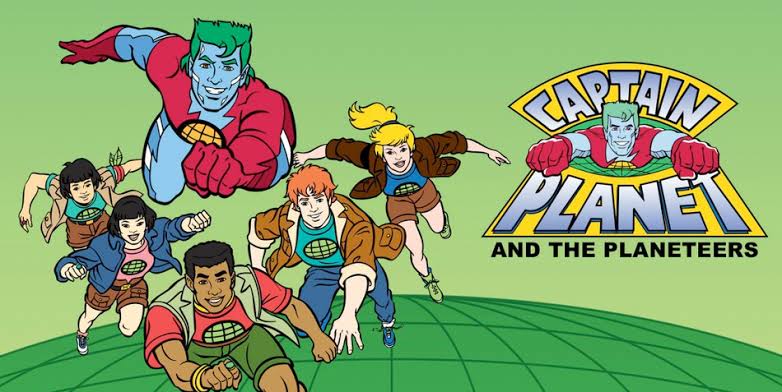
Captain Planet was a great example of teaching kids that saving the environment and treating the earth with respect is a very cool thing to do. The Planeteers were a group of kids from different corners of the world tasked to protect the earth from environmental disasters. They fought against a band of Eco-Villains whose goal is to obtain money and power through activities like pollution, deforestation, and other misdeeds that threaten the earth. If the Paneteers can’t solve a problem on their own, they combine their powers and summon Captain Planet who helps them fight against the villain of the day. They also had episodes that tackled things like how to treat others and self-esteem. This show was great because they taught kids not just to value the planet, but also themselves and other people.
Blue’s Clues
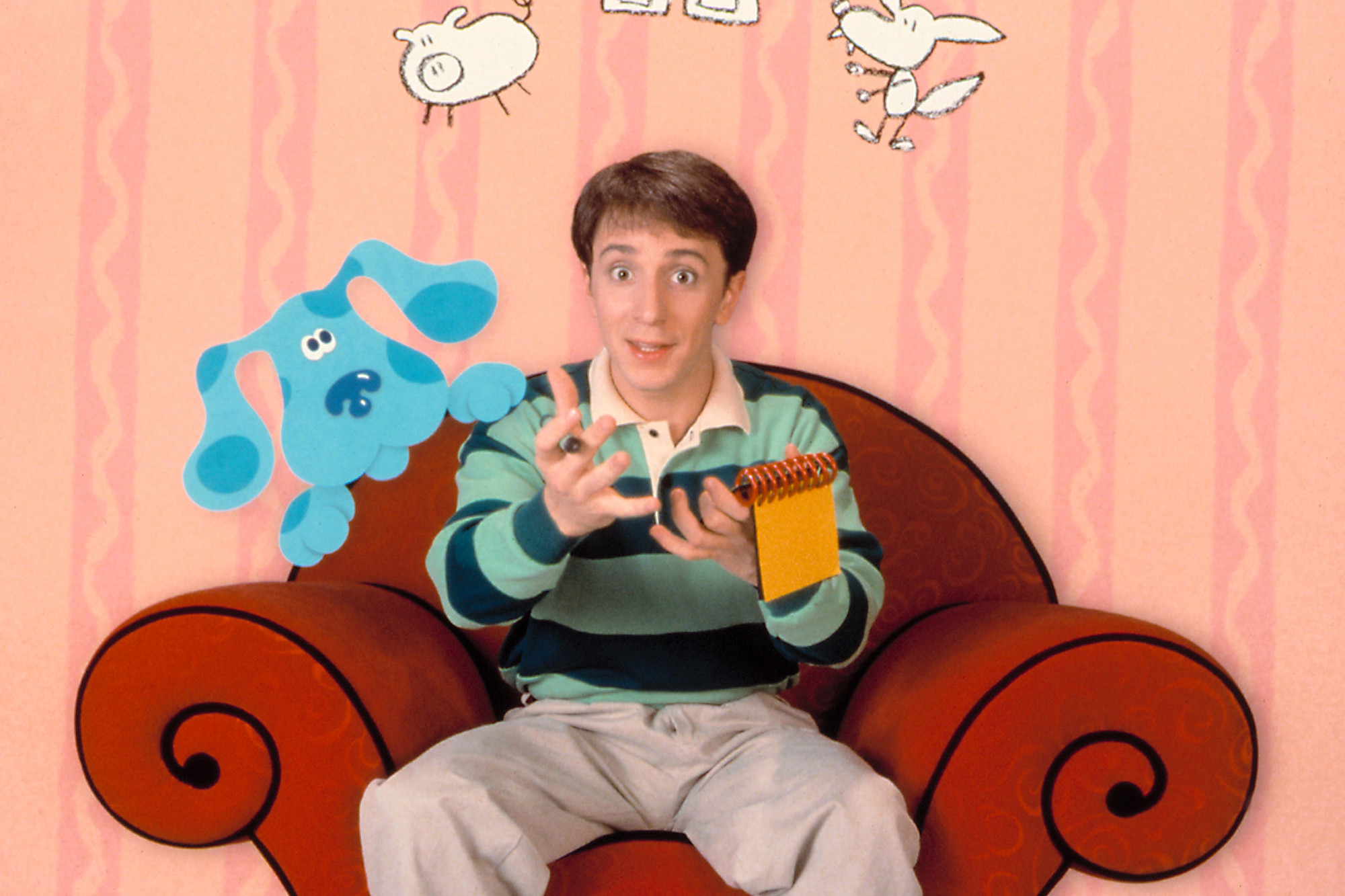
Critical thinking, problem solving, and teamwork are essential skills that are important to build in a child’s early years. Blue’s Clues does just that in a way that’s fun and interactive for kids. The premise of the show is figuring out what Blue, the blue spotted dog, wants to do for the day. Blue leaves clues for her friends and the audience to help solve the mystery. The show refers to the audience in the first person, so the kids who are watching actually feel like they’re part of the show. It’s a great way to get kids engaged and develop their thinking and listening skills while still keeping entertained. And Blue is just too cute not to help!
Although there may be a ton of amazing kids shows out there, the classics are just as great. These tried and tested shows have become a part of a lot of children’s childhoods and could benefit your child just as much as it benefited kids years ago.
Do you have a favorite kids show that we missed? Let us know!

Andreiana Yuvallos is an Editorial Assistant at Familywise Asia. She loves reading, writing, theatre, and baking on the weekends.

